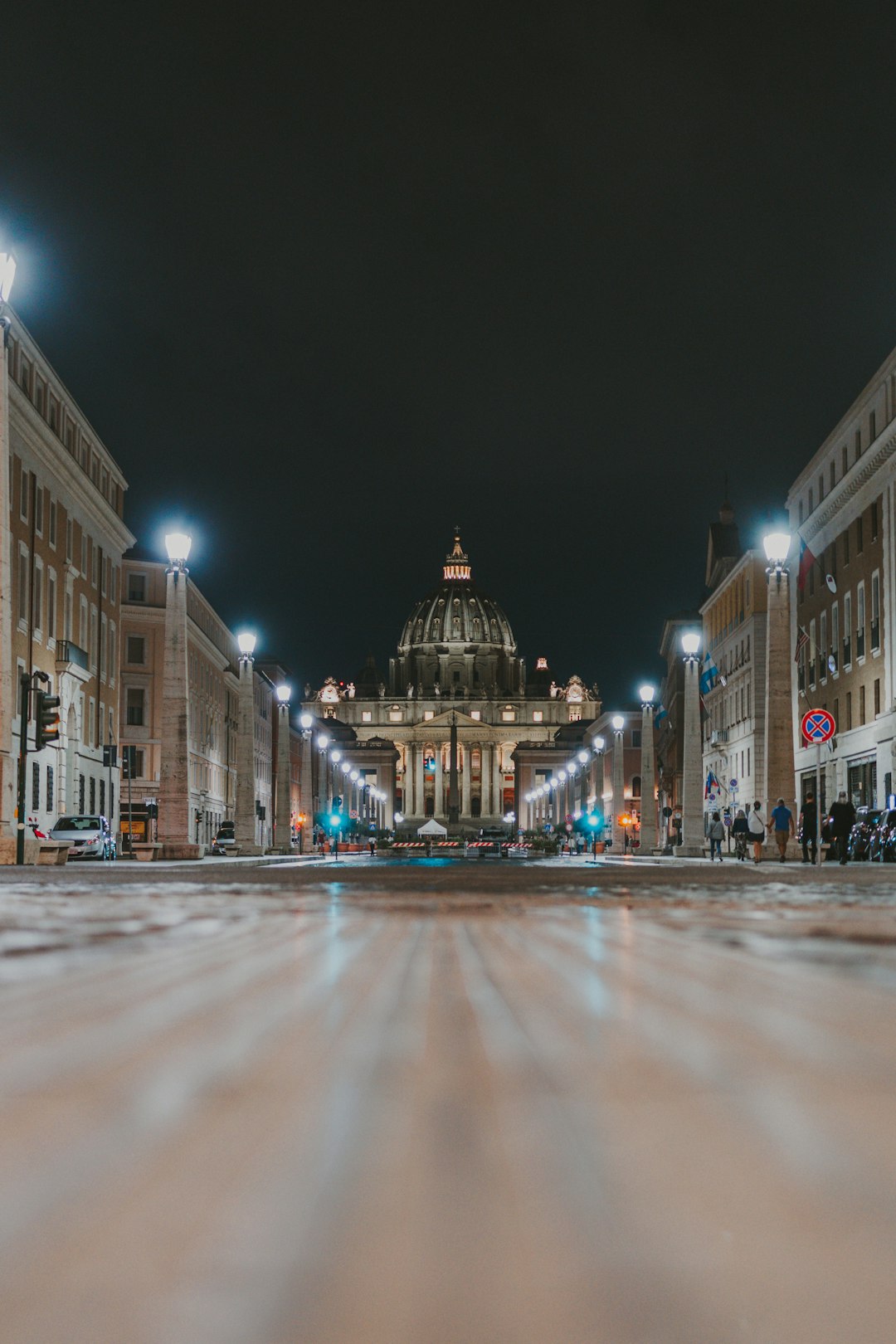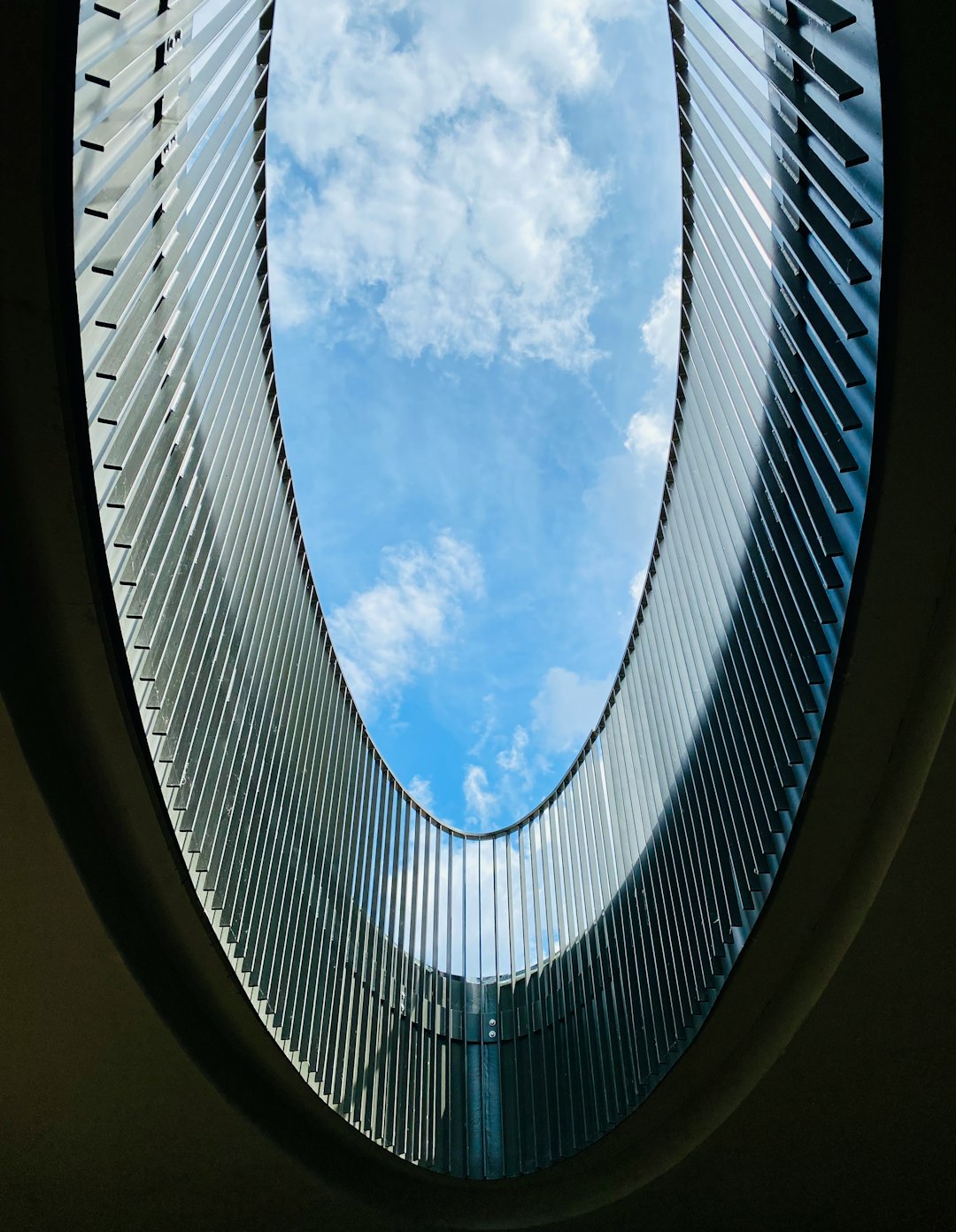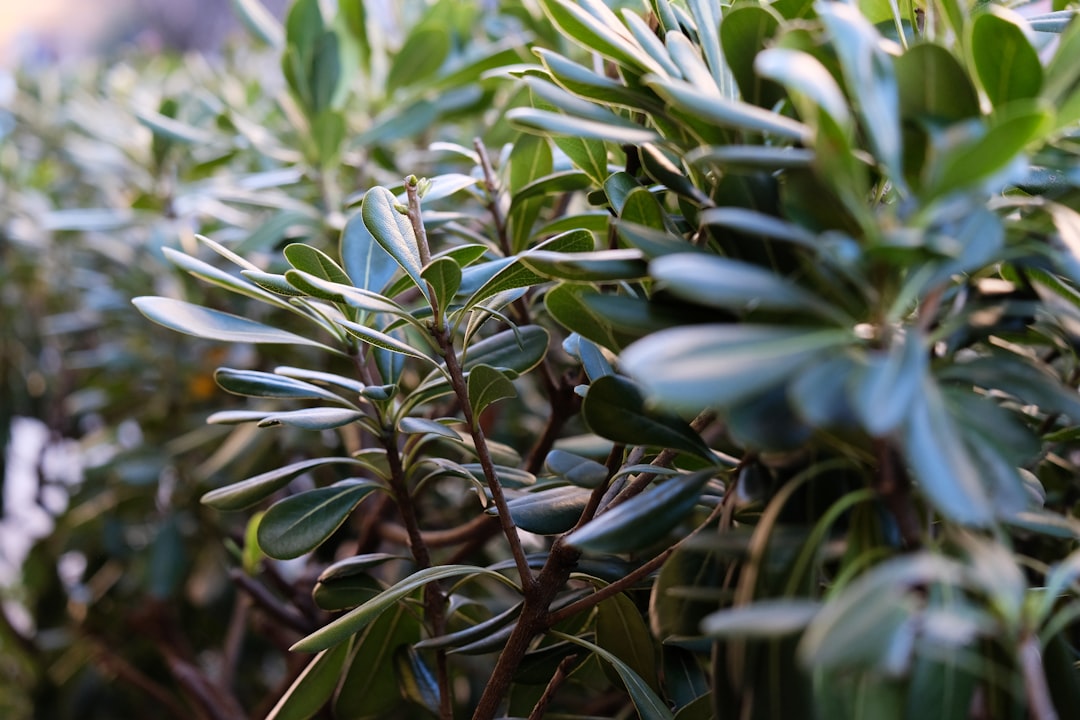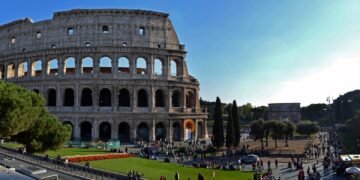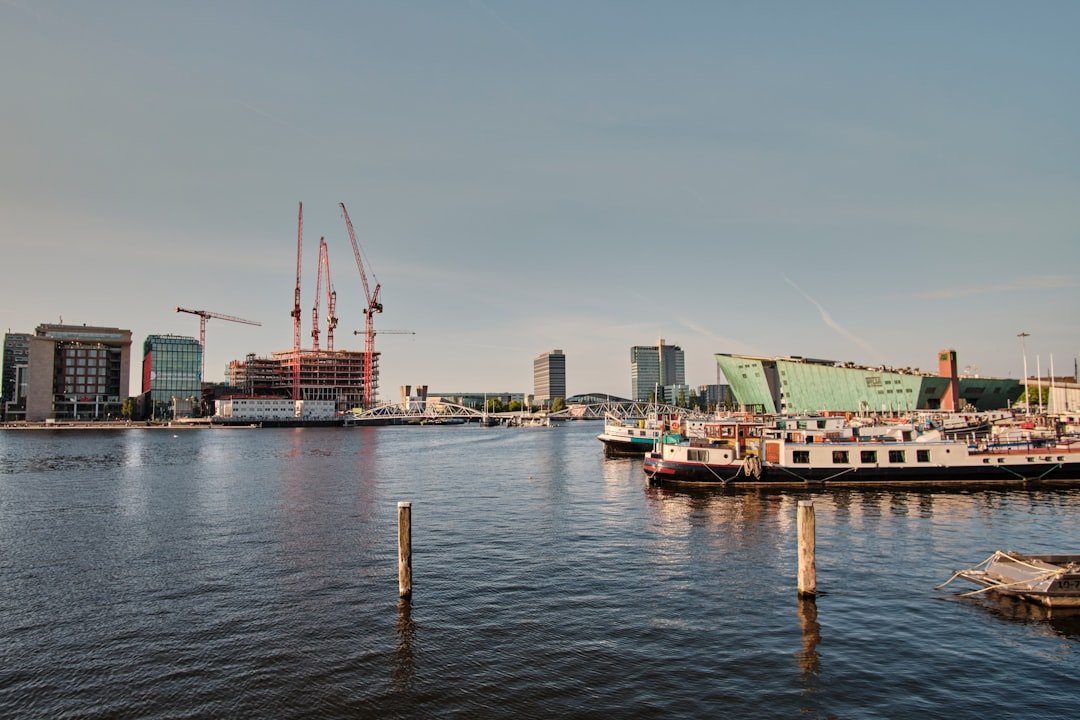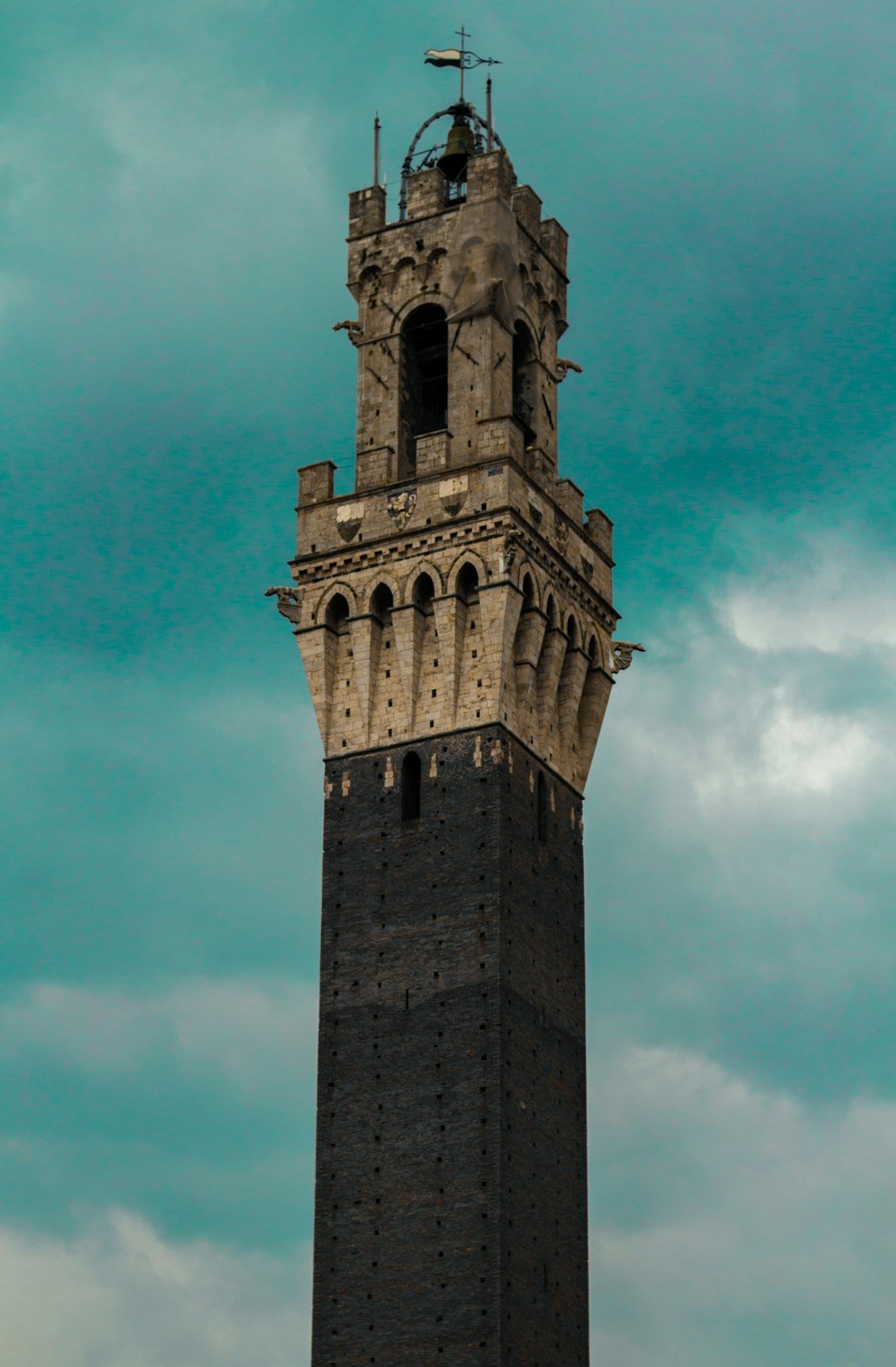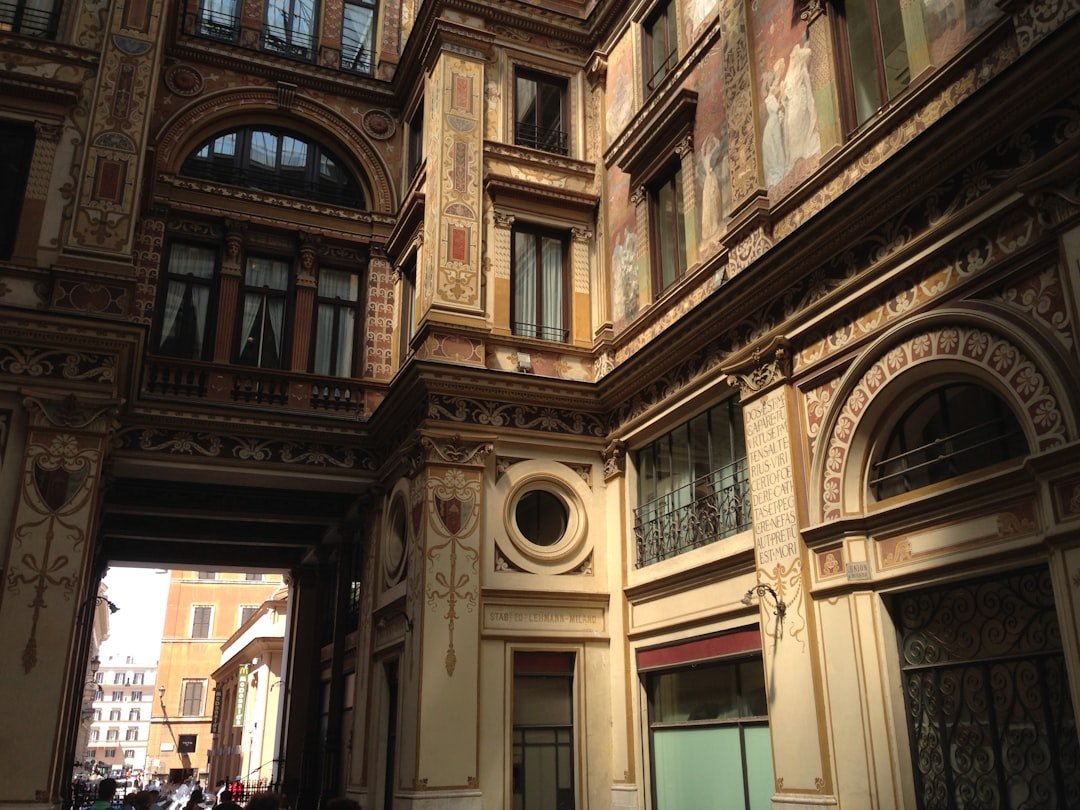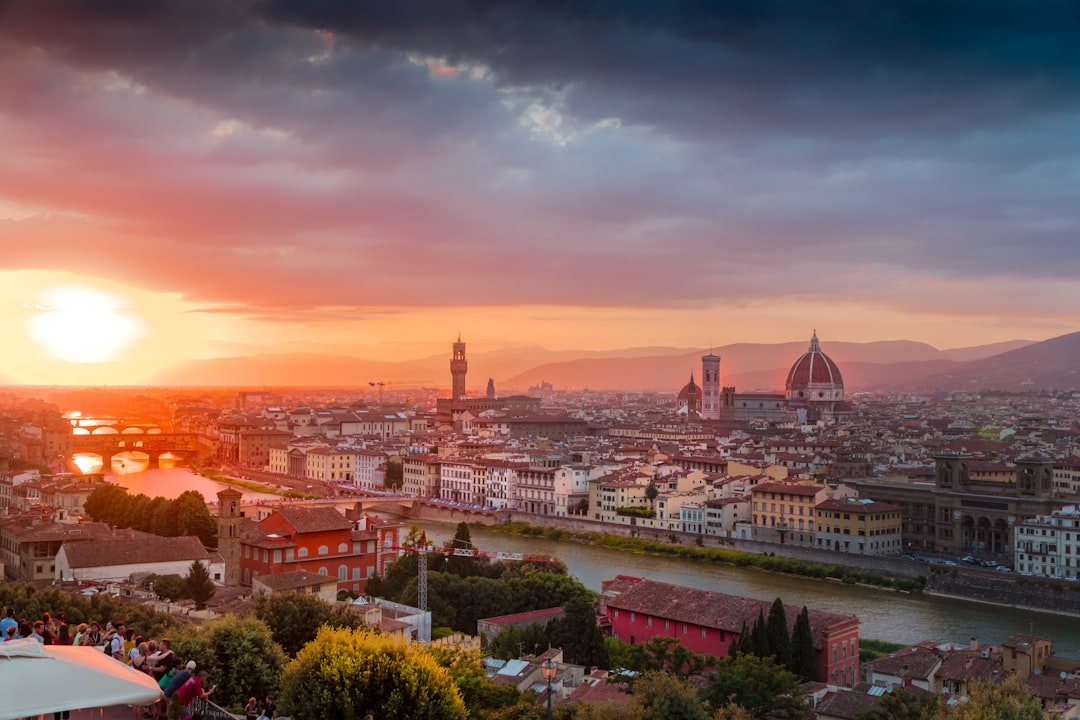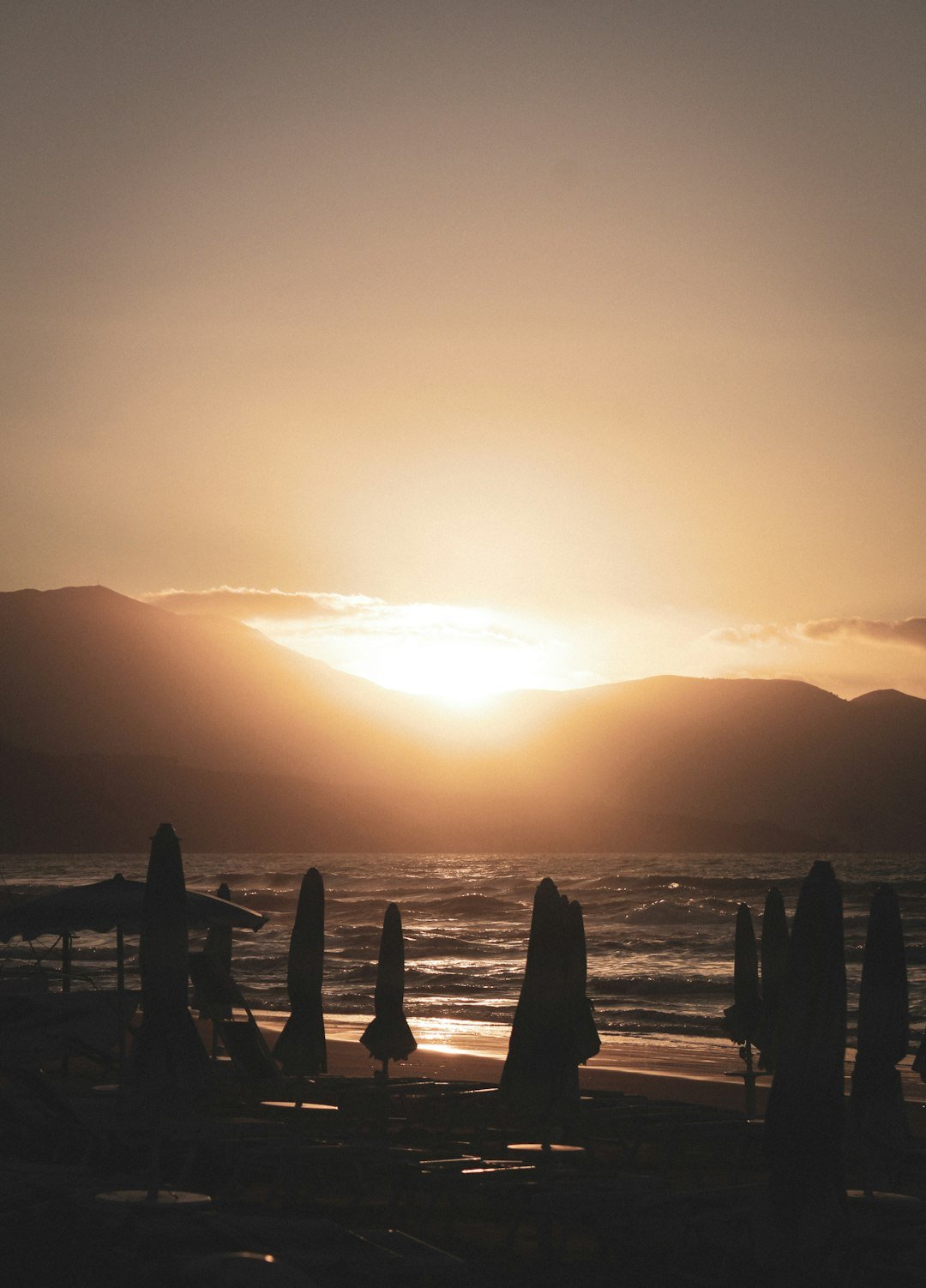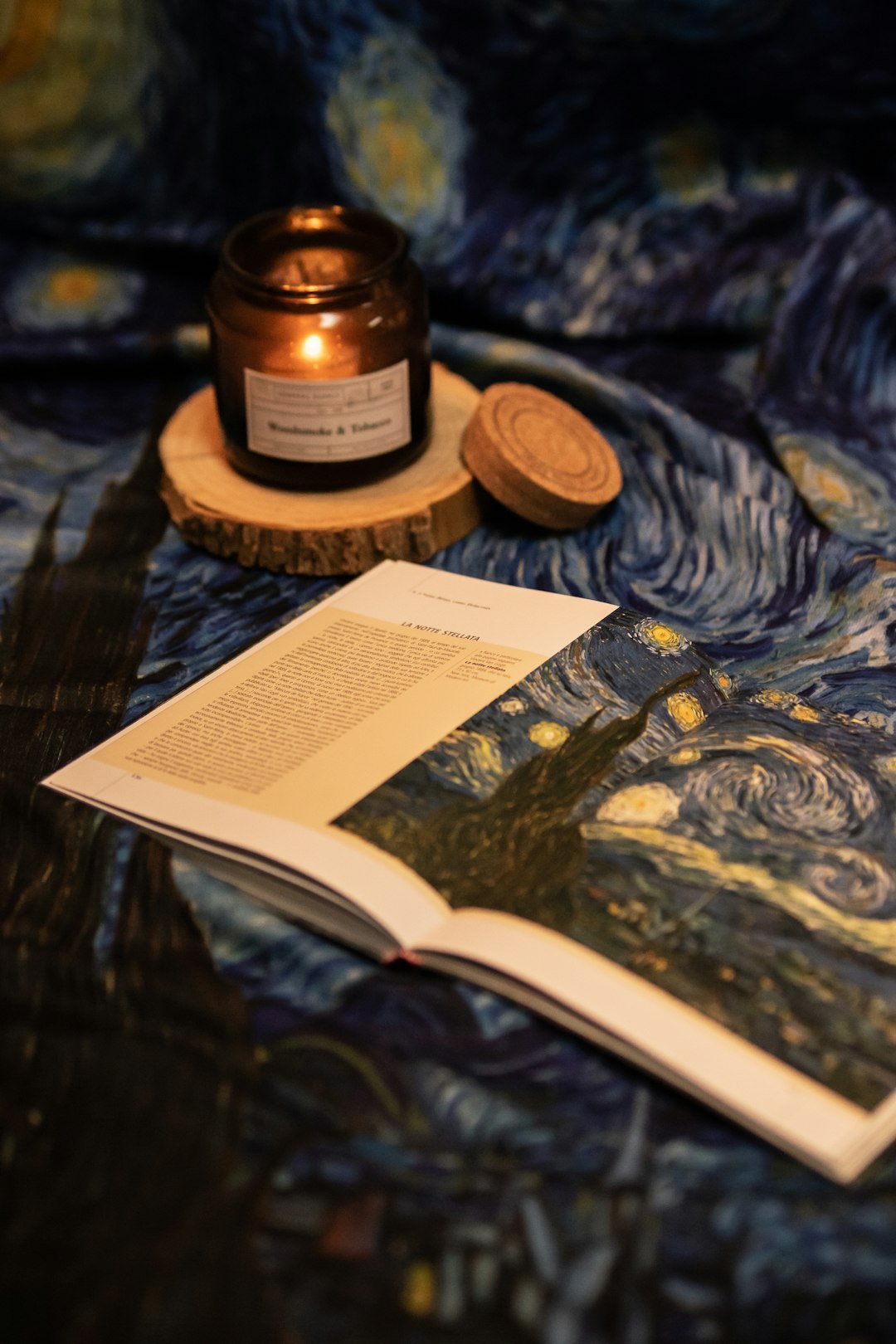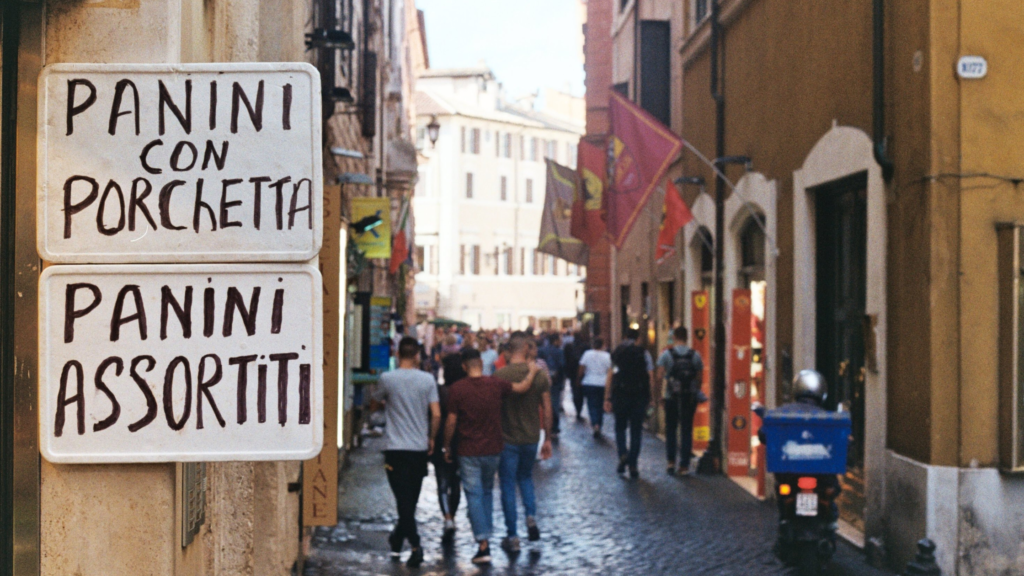How Can One Explore the Medieval Charm of Volterra?
Located in the heart of Tuscany, the hilltop town of Volterra offers a unique glimpse into Italy’s medieval past. Encased within sturdy Etruscan walls, the town’s cobblestone streets, centuries-old buildings, and artifact-rich museums make it a beguiling destination for history enthusiasts and inquisitive tourists alike. This article guides you through the key attractions of Volterra and provides practical tips to help you savor the town’s medieval appeal.
The Town’s Illustrious History
Understanding Volterra’s past is key to appreciating its charm. The town traces its roots back to the 8th century BC when it was a prominent Etruscan center. Later, it became an important strategically placed city in the Roman Empire. In the Middle Ages, it consolidated itself as an Episcopal seat and developed into a free commune. You can witness remnants of these historical epochs in Volterra’s architecture, fortifications and museums.
Medieval Landmarks Not to Miss
Volterra Cathedral
A cornerstone of Volterra’s skyline, the Volterra Cathedral, known locally as Cattedrale di Santa Maria Assunta, is a masterclass in Romanesque architecture. Its ornate marble façade, dating back to the 13th century, captivates visitors instantly. Within, the cathedral houses precious artworks like the wooden choir, the Bishop’s Throne, and the 16th-century painting ‘Deposition from the Cross’.
Palazzo Dei Priori
Constructed in the 13th century, the Palazzo Dei Priori – Volterra’s town hall – is the oldest structure of its kind in Tuscany. Its imposing façade, adorned with medieval coats of arms, heralds a rich collection of art, including frescoes and the “Madonna and Child” by Taddeo di Bartolo.
Medieval Walls and Gates
Walking along Volterra’s well-preserved medieval walls is like stepping back in time. The walls, interspersed with gateways like Porta all’Arco and Porta Fiorentina, allowed controlled access to the city in medieval times.
Immersive Experiences in Volterra
Exploring the Etruscan Necropolises
Scattered around the town are numerous Etruscan Necropolises. The best preserved amongst them is the Marmini Necropolis. It comprises underground tombs, which offer a surreal insight into the Etruscan civilization’s funeral rites.
The Medieval Festivals
Every summer, Volterra animates with the Volterra AD 1398 festival, recreating the city’s medieval life with street performances, folk dances, traditional crafts, and archaic culinary customs. There’s also a non-competitive archery tournament that tourists can partake in.
Traditional Alabaster Artistry
Volterra is renowned for its unique tradition of alabaster carving. Watch artisans at work in the town’s Ecomuseum or in local workshops, turning chunks of the soft, translucent stone into intricately carved masterpieces.
Savor the Authentic Tuscan Cuisine
Tuscan fare is steeped in a tradition of simplicity and fresh ingredients. In Volterra, you can sample the region’s classics like Pappa al Pomodoro, a bread-and-tomato soup, and the delectable Tuscan pecorino cheese. Amongst the desserts, don’t forget to try the Torta Della Nonna, a delectable custard tart. Tuscany’s revered wines like the Chianti complement such culinary delights.
Practical Tips for Visiting Volterra
Volterra stretches out over a steep hill, so it’s advisable to wear comfortable footwear for the walks. If you want to avoid crowded periods, the best time to visit is during the shoulder seasons – April to June and September to October. Also, keep in mind that some attractions do require an entry fee.
Conclusion
Volterra is a tantalizing tapestry of past eras, a medieval hub untouched by the sands of time. The town’s blend of rich history, unique tradition, and rustic Tuscan charm makes it a destination worth savoring slowly, one cobblestone street at a time.
Discovering the Hidden Medieval Treasures of Volterra
Each step you take while exploring Volterra resonates with a thousand years of history, echoing the whispers of a time when throngs of life filled the age-old cobblestone streets. Soaked in historical significance and brimming with architectural wonders, Volterra continues to be a vibrant testimony to its illustrious past.
Unraveling the Ancient Etruscan Civilization
Volterra holds a vital place in the chronicles of ancient civilization, as it was one of the most important Etruscan cities. The town is dotted with remnants of this long-lost civilization that only serve to add to its allure. Bask in the Etruscan glory as you visit the Porta all’Arco, a prominent Etruscan gateway that has weathered the winds of time and still stands tall in the city’s center.
Beholding the Wonders of Medieval Architecture
The architectural landscape of Volterra is a melting pot of various styles reflecting diverse historical eras. Nevertheless, the zone’s dominant medieval architecture provides a stunning spectacle that enhances Volterra’s charm.
Palazzo dei Priori – A Testament to an Era
The Palazzo dei Priori, the crowning glory of Volterra’s medieval architecture, is the oldest town hall in Tuscany. Here, you can explore the magnificence of the past encapsulated in the grandeur of the palace that effortlessly blends functionality with aesthetic appeal.
| Historical Fact | Relevance |
|---|---|
| Palazzo dei Priori was built in 1208 | It marks the birth of communal life in Volterra |
| The palace houses the municipal art gallery | It reaffirms Volterra’s standing as a hub of cultural activities |
Embracing Volterra’s Artistic Splendor
The artistic wealth of Volterra will captivate you with its vast collection of timeless pieces that reflect the region’s rich culture and tradition. Delve into Volterra’s artistic heritage as you explore its numerous art galleries filled with splendid sculptures, mesmerizing paintings, and priceless artefacts.
Pinacoteca and Alabaster Ecomuseum
The Pinacoteca and Alabaster Ecomuseum present a fascinating panorama of Volterra’s artistic journey over the centuries. You can marvel at the exquisite collection of paintings and sculptures dating back to the 14th century and learn about the town’s iconic alabaster craft that has cemented its reputation worldwide.
Exploring the Scenic Beauty of Volterra
In addition to appreciating history and art, to truly explore the medieval charm of Volterra, one must indulge in the natural beauty this Italian gem affords. The rolling hills and medieval houses nestled amidst the lush vegetation leave an everlasting impression upon visitors.
The Enchanting Panoramic View from Rocca Nuova
The trek to Rocca Nuova, the fortress overlooking the town, rewards you with a breathtaking view of the dreamy Tuscan landscapes, reminiscent of a medieval painting. As you gaze at the city’s terracotta rooftops, the surrounding hills, and the distant horizon, you will be enveloped by a sense of tranquility that beautifully concludes your exploration of Volterra’s medieval charm.
In essence, to truly understand and appreciate Volterra, you need to immerse yourself completely in its medieval aura, interact with its friendly locals, and let the town’s magic weave a spell around you.



